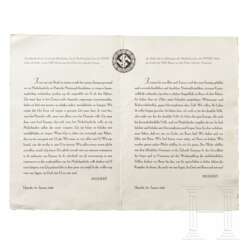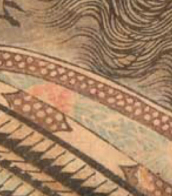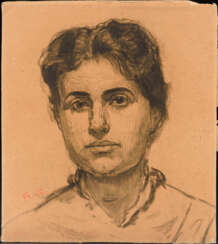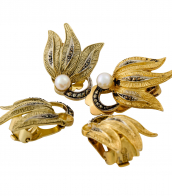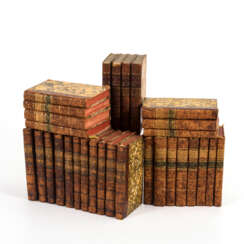5 x 30
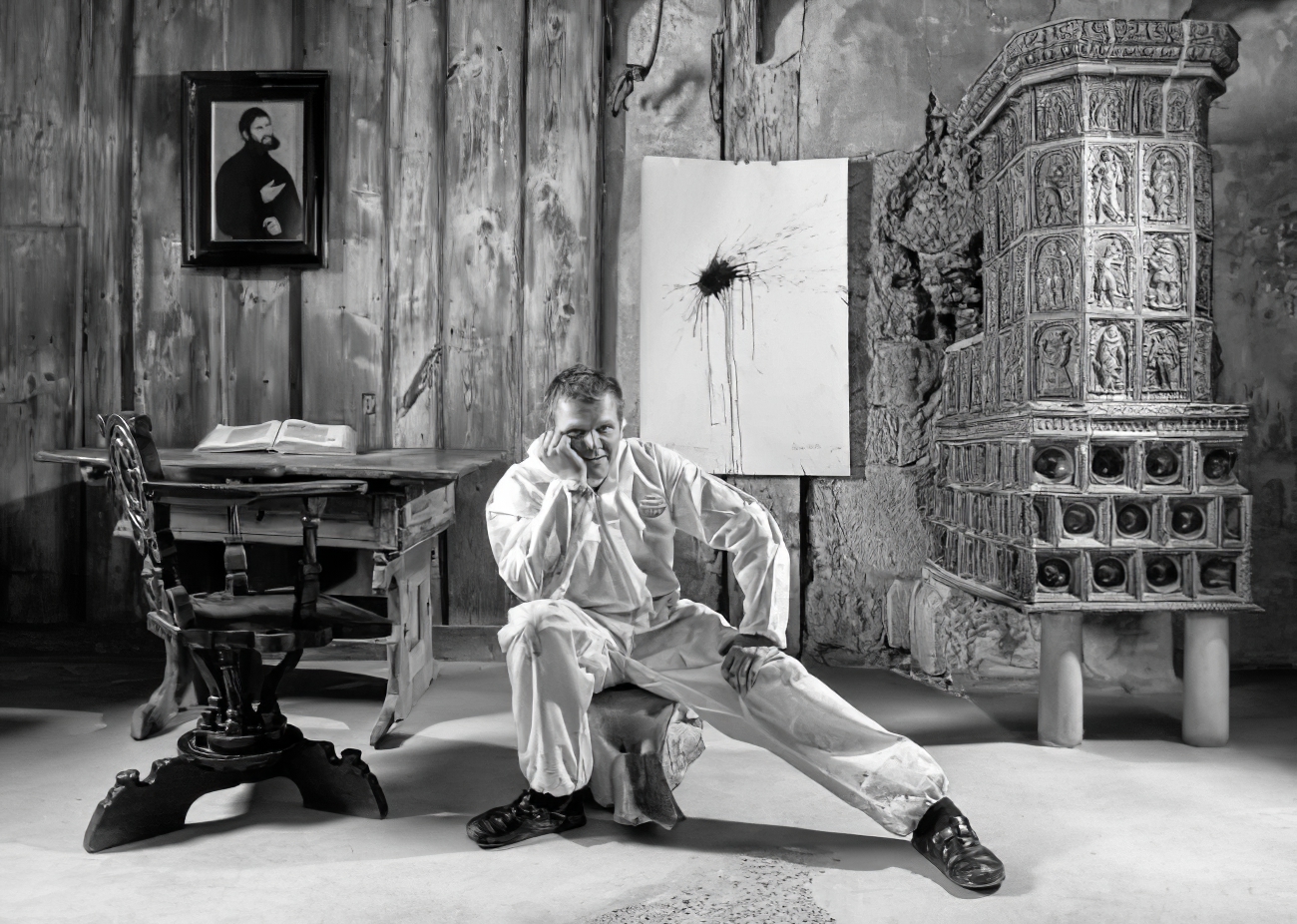
Moritz Götze is a German artist, publisher and art collector. His oeuvre comprises paintings, silkscreen prints, enamel paintings and mosaics, graphics and sculptures.


Friedrich Kallmorgen was a German Impressionist painter who specialized in landscapes and cityscapes.


Bernar Venet is a French conceptual artist.
Venet’s work has become known internationally, with sculptures exhibited in Belgium, America, Japan, Austria, Switzerland, Germany, Canada and more recently New Zealand. In 2005, Venet received the title of Chevalier de La Legion d’Honneur, France’s highest honour.
In 2012, luxury car maker Bugatti invited Venet to create a one-off artwork to be applied to a Veyron Grand Sport. The finished work, described as "the fastest artwork ever", was revealed at the Rubell Family Collection in Miami during Art Basel Miami Beach.




Giovanni Domenico Tiepolo, an Italian painter, was a remarkable figure in the 18th-century art world. The eldest surviving son of the famed Giovanni Battista Tiepolo, Domenico not only assisted his father but also carved out his own niche in the realms of painting and etching. His work, encompassing a broad array of subjects from religious themes to lively genre scenes and character sketches, reflects a blend of the allegorical grandeur inherited from his father and his own more grounded and observational approach.
Domenico Tiepolo's artistic legacy includes a significant contribution to printmaking, particularly in etching, where he reproduced both his and his father's paintings, alongside original compositions. Among these, the series of twenty-four illustrations of the "Flight into Egypt" and a set depicting the "Stations of the Cross" stand out as notable examples of his originality and skill in capturing narrative depth. His works are held in prestigious collections worldwide, such as the Prado Museum, The Art Gallery of New South Wales, and the National Gallery in London, underscoring his international acclaim and the enduring appeal of his art.
Despite being somewhat overshadowed by his father, Giovanni Domenico Tiepolo's contributions to the art world are significant. His ability to infuse his works with a sense of immediacy and emotional depth, while still engaging with the theatricality and elegance characteristic of the period, marks him as a pivotal figure in the transition from the grandiose Baroque to a more intimate and observant Rococo style. This duality is perhaps best represented in his genre scenes and character studies, which offer a glimpse into the daily life and cultural milieu of 18th-century Venice.
For collectors and experts in art and antiques, Domenico Tiepolo's works represent a fascinating intersection of historical significance and artistic merit. His prints and paintings not only reflect the cultural and artistic vibrancy of his era but also offer insights into the personal and professional dynamics within one of the most celebrated artistic families of the time.
To stay updated on sales and auction events related to Giovanni Domenico Tiepolo's works, signing up for newsletters from relevant art institutions and auction houses is recommended. These updates can provide valuable information for collectors and enthusiasts eager to enhance their collections with pieces by this distinguished artist.


Conrad Felixmüller was a twentieth-century German artist, born Conrad Felix Müller. He is known as a painter, graphic artist, illustrator and printmaker, a representative of the New Materiality movement, who worked in the Expressionist style.
Felixmüller created about 2,500 paintings and graphic drawings, the main motif of which was the human being. The artist considered himself a socially critical expressionist, and his works reflected scenes from everyday life. In the 1930s, many of his works were confiscated by the Nazis as examples of degenerate art and destroyed. As a result of the bombing of Berlin in 1944, Felixmüller lost much of his work.


Norbert Prangenberg was an abstract painter, sculptor, and engraver. Though he had no formal training and did not fully engage with art until his 30s, Prangenberg did finally come up with a style that was uniquely his own, not fitting comfortably into the neo-expressionist or neo-geo movements of his time, in the 1970s and 1980s. At this time, he was considered a major figure in contemporary German art. Though he got his start with abstract paintings, he also became known for making sculptures of all sizes; and while his work initially appears abstract, the titles given sometimes allude to the human body or a landscape. As a trained gold- and silversmith, as well as a glassblower, he always showed an attention to materials and how they could be physically engaged with. He was interested in how his own two hands could affect the painting or sculpture's surface. Traces of the artist's hand appear literally throughout his entire oeuvre, before he lost the battle with liver cancer in 2012.





































